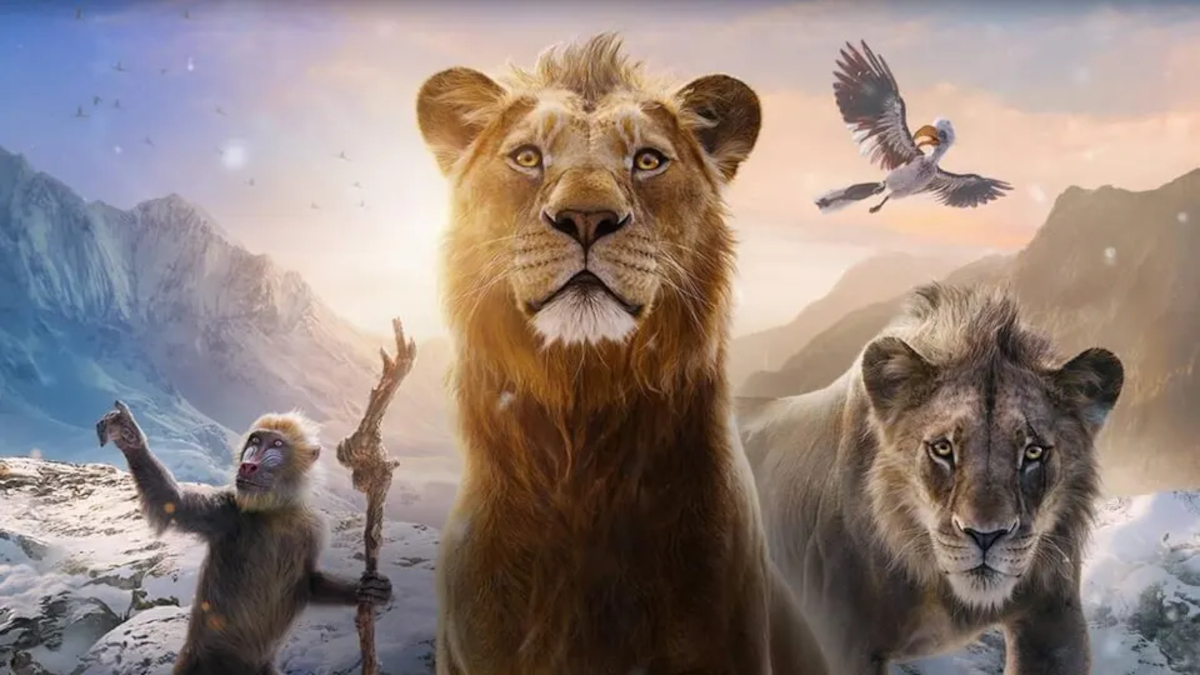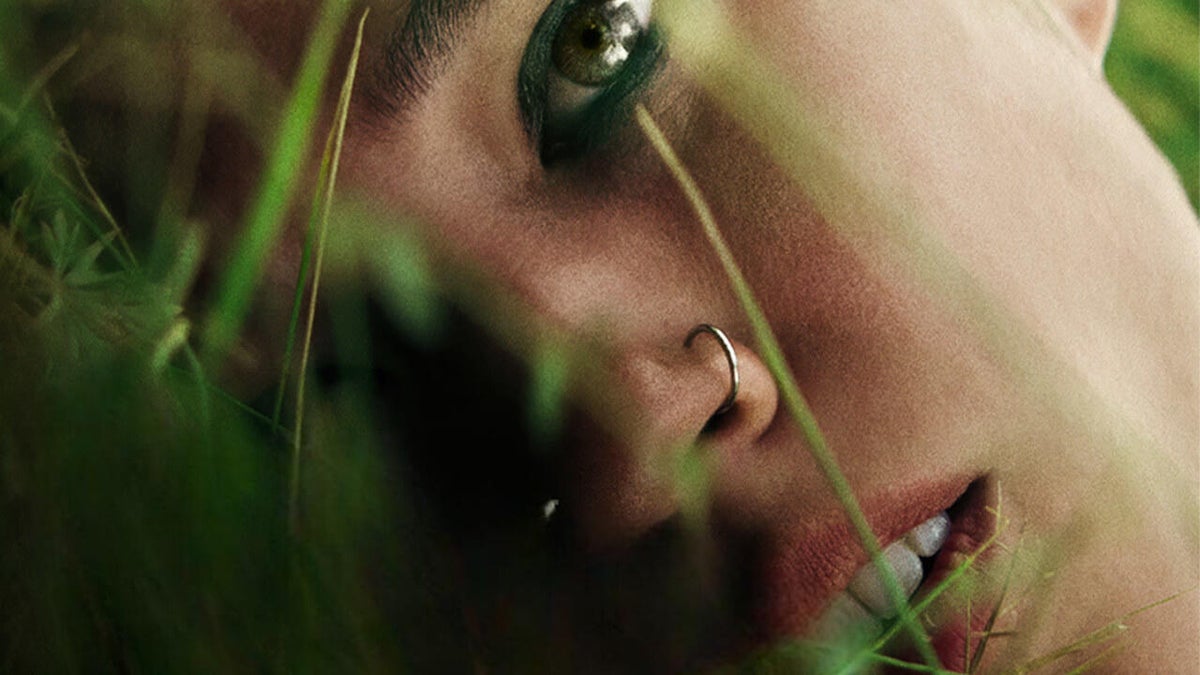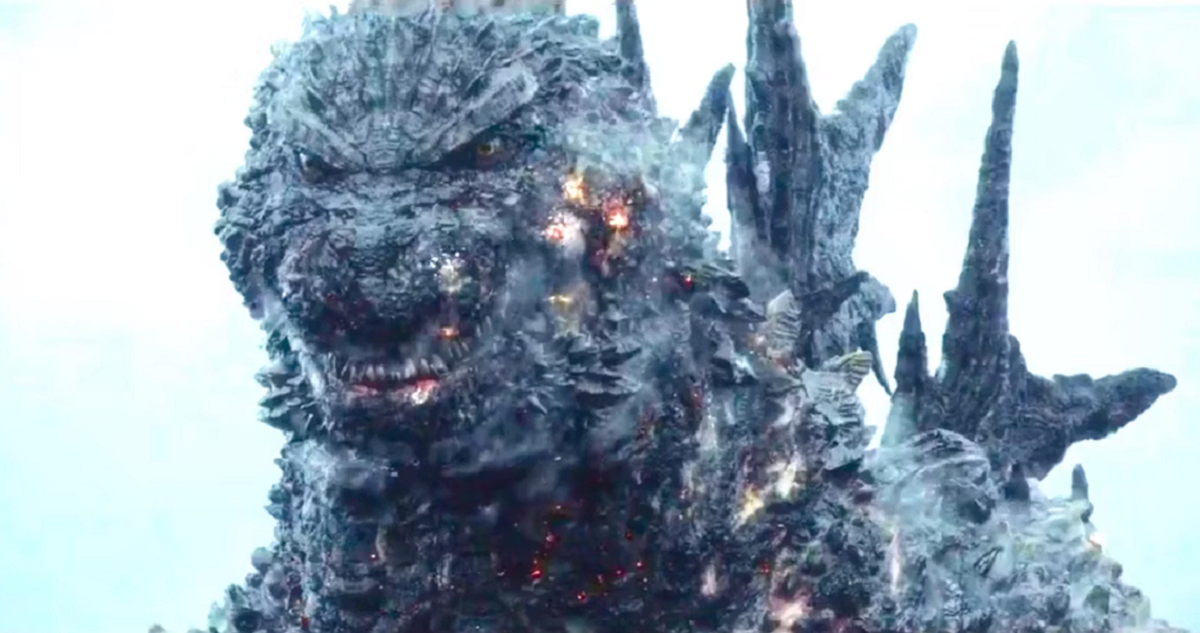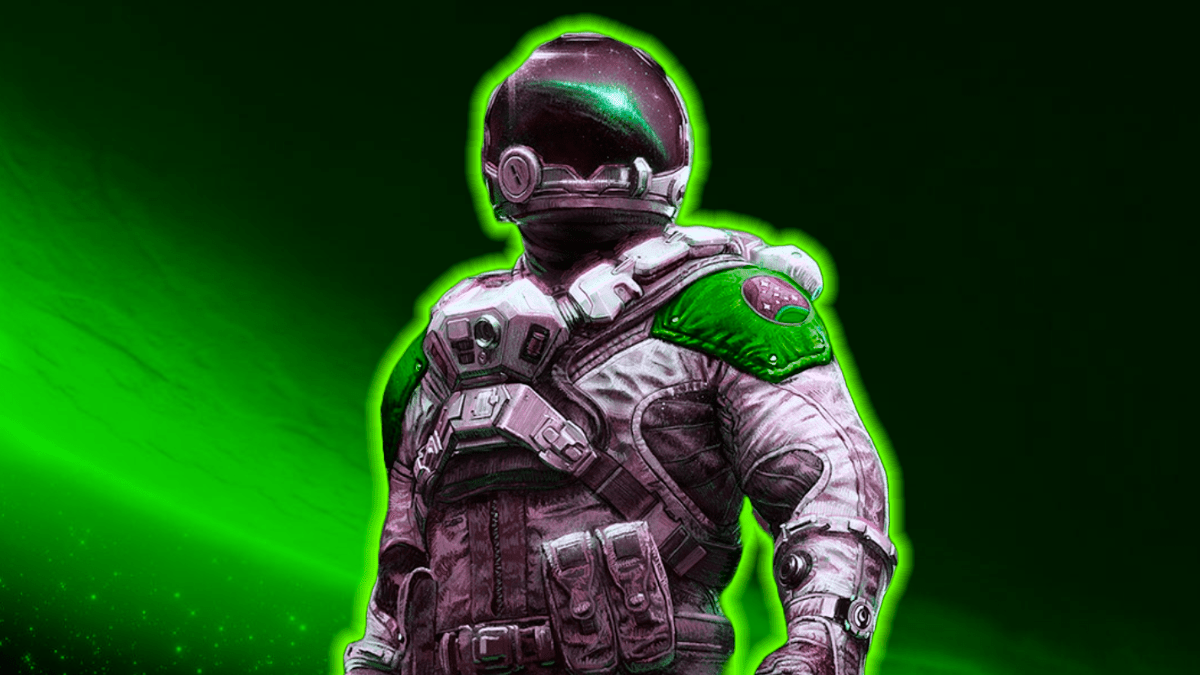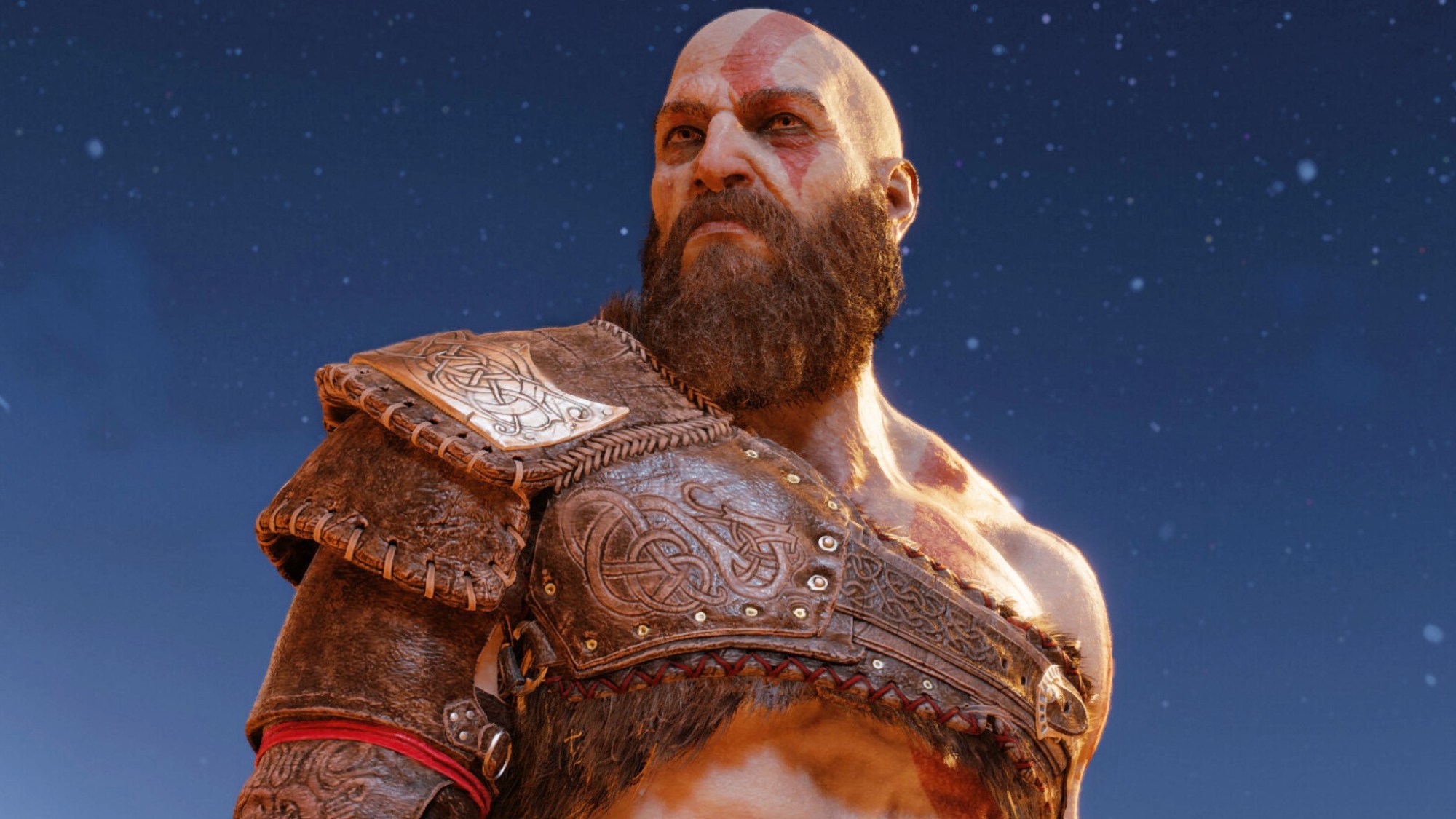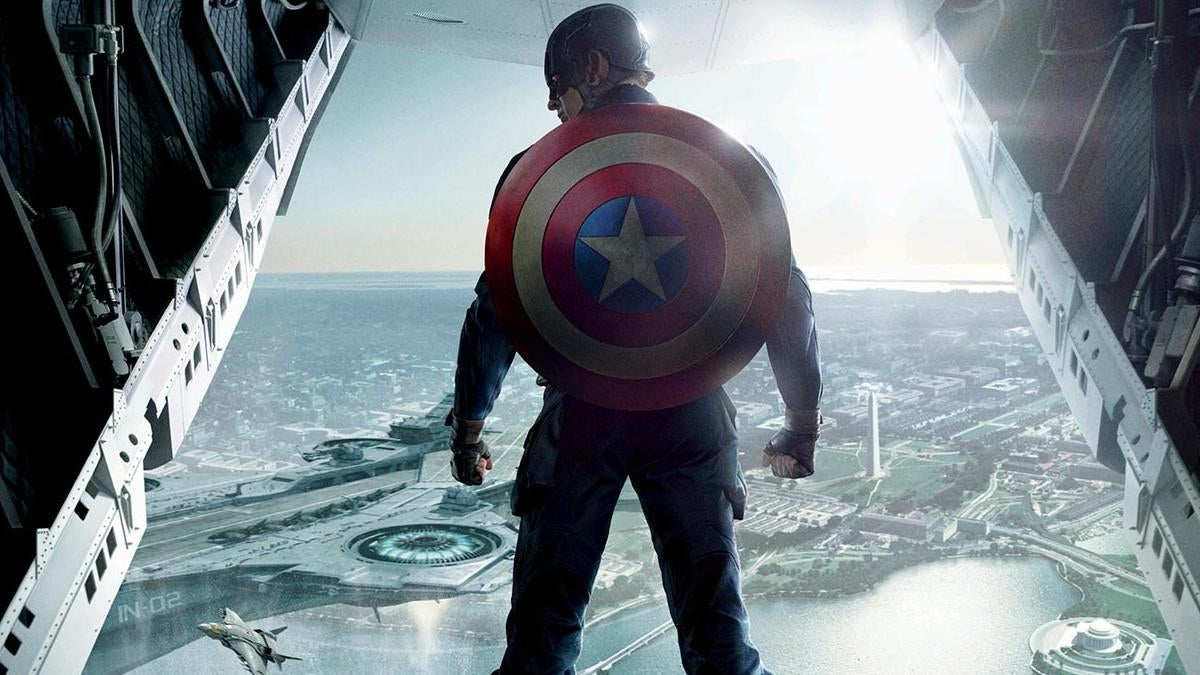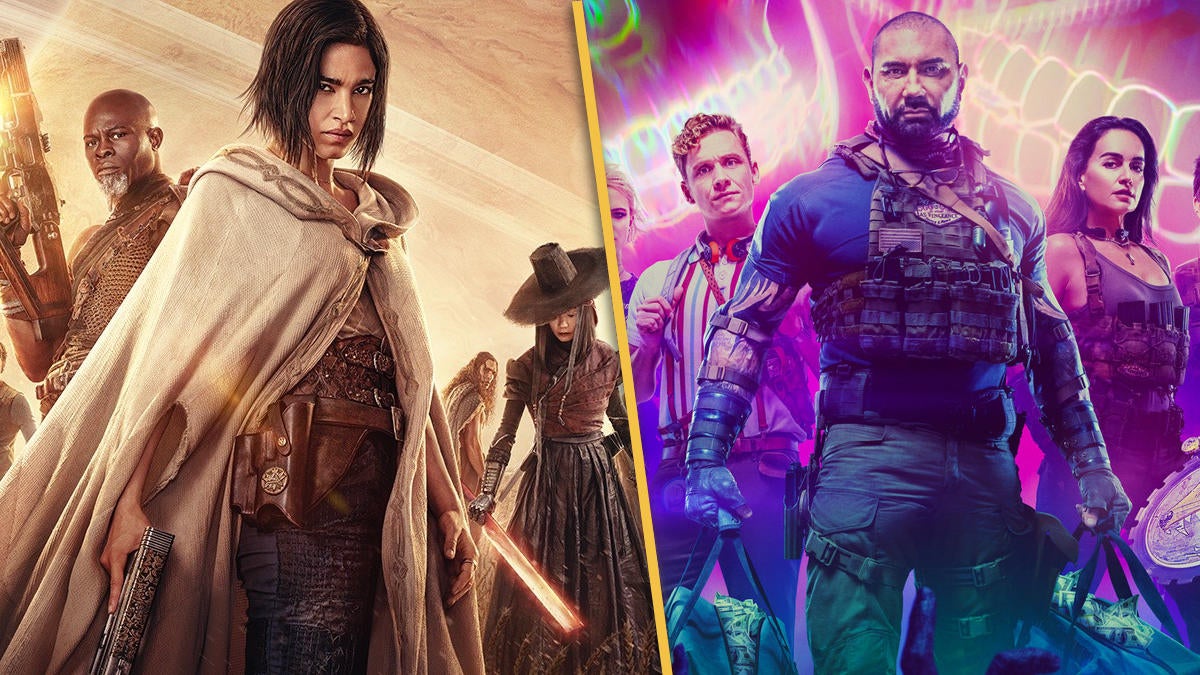From James Earl Jones’ moving farewell to a reimagined version of Pride Rock’s creation, Barry Jenkins’ Mufasa: The Lion King weaves countless references to Disney‘s beloved franchise throughout its origin story while crafting its own powerful narrative. In this article, we look at the many connections and callbacks (callforwards?) that Mufasa makes with the original Lion King film(s).
Videos by ComicBook.com
WARNING: SPOILERS FOR MUFASA FOLLOW!
A Tribute to the Original Mufasa
The prequel opens with a poignant homage to James Earl Jones, who passed away on Sept. 9, 2024. Before Aaron Pierre takes on the role of young Mufasa, Jones’ iconic voice delivers one final message of comfort to his son, followed by a written tribute to the legendary actor who first brought the character to life.
Familiar Visual Motifs
The film maintains the franchise’s signature visual style, opening with a sweeping sequence reminiscent of the original’s “Circle of Life” introduction. Audiences are treated to familiar sights of the Pride Lands’ diverse animal inhabitants, from towering elephants to tiny ants, demonstrating the continuing prosperity of the kingdom under Simba’s rule.
Reimagining the Pride Lands
The film begins in a place known as Milele, which means “forever” in Swahili. Here, Mufasa’s parents, Masego and Afia, told their cub about a promised land with rain, no drought, food, and where animals could live in unity. After they die, Mufasa and his adoptive brother Taka journey to this region, joined by Sarabi, Zazu, and Rafiki. The mandrill’s visions of the Tree of Life and Pride Rock guide them to these iconic locations that would become central to the franchise.
The soundtrack weaves together the franchise’s rich musical history. The memorable opening notes of “Circle of Life” underscore young Mufasa’s near-drowning scene, while Broadway’s “He Lives in You” echoes throughout both Mufasa and Kiara’s storylines.
Timon and Pumbaa’s role as fourth-wall-breaking commentators reaches new heights, with their “Hakuna Matata” transformed into “Hakuna Mufasa,” complete with jokes about copyright law and legal permissions. The duo provides meta-commentary on their own legacy, joking that their original “Hakuna Matata” was powerful enough to get Simba “singing and dancing” even when he believed he had killed his father, noting they sang it “for six years straight.”
The comic relief extends to Broadway references, with Pumbaa mentioning the “play” and Timon becoming agitated about being presented as a “sock puppet” throughout the production. These self-aware moments maintain the original films’ tradition of breaking the fourth wall while acknowledging the franchise’s theatrical success.
Echoes of the Past: The Stampede Connection
The elephant stampede sequence deliberately mirrors one of the original film’s most iconic moments. Beyond employing similar musical cues, specific shots are meticulously recreated: Sarabi hanging from a branch echoes young Simba’s desperate grip above the stampede, while Taka’s cliff-edge positioning foreshadows his future role. The film adds a layer of dramatic irony with the young cubs joking about stampedes, unaware of their tragic future significance.
Redefining Brotherhood
The relationship between Mufasa and Scar forms the emotional core of the prequel. “It’s very much a love story between these two brothers,” screenwriter Jeff Nathanson explained to the Los Angeles Times. “We wanted to really capture what it’s like when you’re young and you have somebody who understands you more than anybody else. It’s bittersweet because you know what’s going to happen and where it’s all headed, but at least for this moment in time, everything was OK.”
The film reveals that Mufasa wasn’t born into royalty but was adopted after a flood separated him from his family. “Mufasa’s worldview, compassion and empathy — all of these things felt very different than what you’d expect from a king,” said Nathanson. “I thought maybe his upbringing wasn’t as traditional as one might think. What happened to him, and how did he end up being somebody who was a wise and powerful leader, but also such a great father?” (Los Angeles Times).
The Making of a Villain
The transformation of Taka into Scar unfolds gradually. “It was important to Barry that it was something that wasn’t abrupt, but evolved and layered,” Nathanson revealed. “Barry is very intentional with his visuals, and there are great shots of Taka just watching Mufasa with his mother, and you can start to see the wheel spinning even then.”
The film recontextualizes one of The Lion King’s most tragic moments – the positioning of paws and claws that would later mark Mufasa’s death first appears as a moment of salvation when young Taka rescues Mufasa from crocodiles. “We’re trying to play with your memories and your expectations, giving people enough of what you know and came for but also surprise you with new things,” Nathanson explained.
Origins of the Pride Lands
The creation of Pride Rock emerges from dramatic circumstances rather than existing before Mufasa’s arrival. “In the script, Pride Rock was already there when they arrived,” Nathanson shared, “and our production designer said, ‘What if, during the earthquake, it were to just pop down like that?’ It was just such a beautiful image and certainly a beautiful idea. And now, it’s one of my favorite little pieces of the movie.”
The film also explains Mufasa’s sixth sense, a mystical ability that allows him to perceive his surroundings in extraordinary ways. This talent for sensing and connecting with nature would later be inherited by Simba, along with the ability to close his eyes and perceive things from miles away – from approaching enemies to the scents carried on the wind. Even Nala demonstrates this gift in the flash-forwards, suggesting it’s a trait of the Pride Lands’ chosen leaders.
Spiritual Leadership
Rafiki’s journey from outcast to spiritual leader adds depth to his role in the original film. Born with a limp and blessed (or cursed) with prophetic visions, he was banished by his own troop despite using his abilities to heal them and lead them to water in the dry season. His eventual discovery of his iconic walking stick and arrival at the Pride Lands establishes the foundation for his role as the kingdom’s wise counselor and explains why his guidance is so valued when Simba’s time comes.
Connecting Generations
The film strengthens its ties to the original through the theme of legacy, introducing adult Simba and Nala’s growing family as Nala prepares to give birth to their second child. While this creates a different timeline than The Lion King II: Simba’s Pride, the movie preserves Kiara’s role as their daughter. The recurring line “We are all one” appears throughout the film, referencing the song “We Are One” from the sequel and emphasizing how Mufasa’s teachings about unity continue through generations.
Legacy and Future
The prequel concludes with Kiara climbing to Pride Rock’s peak and roaring into a storm, revealing a lion’s face in the clouds that matches the iconic 2D design from the 1994 classic rather than the photorealistic style of the new film. This visual callback brings the franchise full circle while honoring its animated roots.
